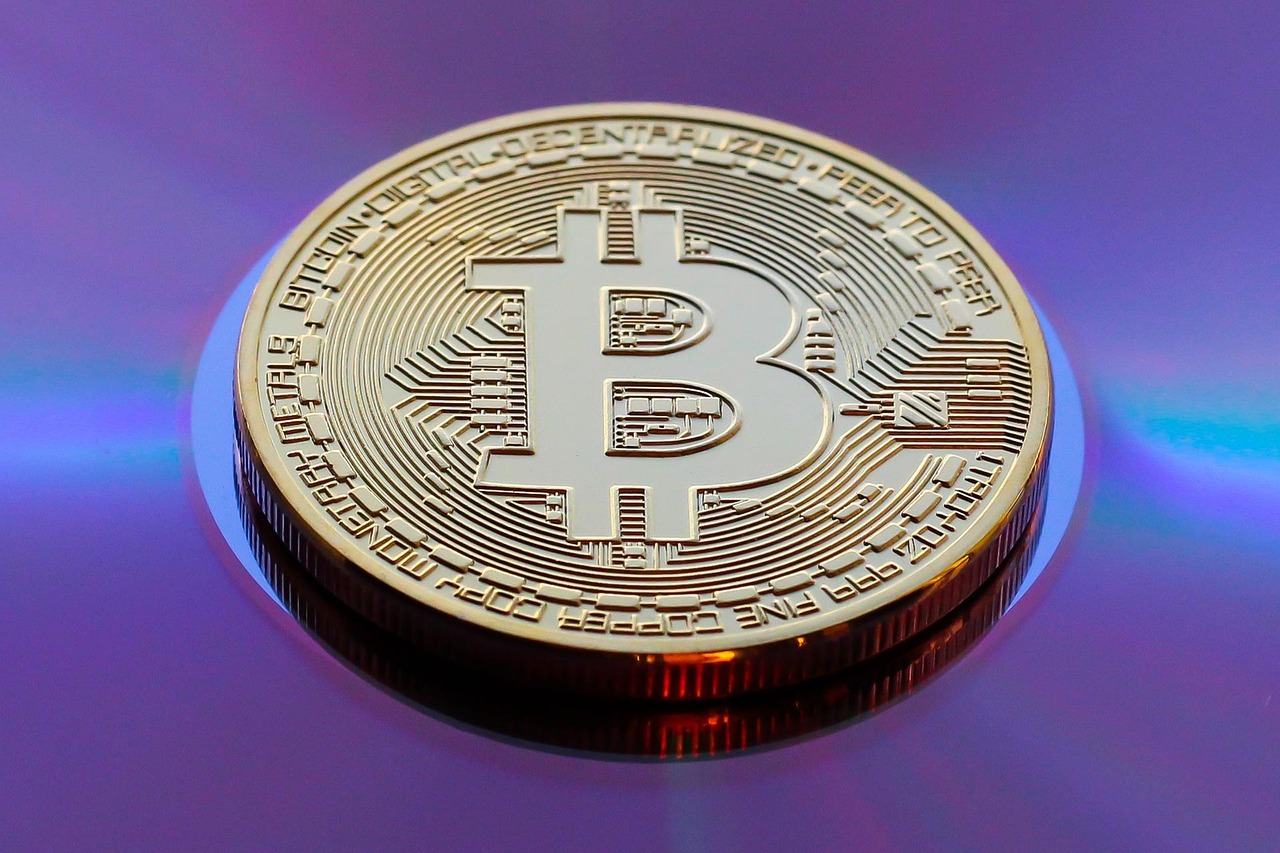Opinion by: Sky, founder at LIKWID
In the last wave of decentralized finance (DeFi) innovation, a generation of engineers funded by venture capital worked tirelessly to design “permissionless” lending protocols.
Many projects made notable strides, yet their core structure was centuries old — the collateralized loan model. Like the Sumerians once pledged livestock for silver, modern DeFi still relies heavily on oracles to feed offchain prices into lending systems — a single point of failure disguised as neutrality.
Despite claims of being permissionless, most total value locked (TVL) on these protocols remains concentrated in BTC, ETH and stablecoins. Why? Because price oracles simply don’t scale to long-tail tokens. The risk is unmanageable, and the feedback loops are fragile.
Oracles hold DeFi back
This is where unified liquidity presents a zero-to-one breakthrough: By collapsing swap and lending infrastructure into a single pool, long-tail assets can now receive the same leverage mechanics as blue-chip. The result is a truly permissionless margin and lending market that does not require an oracle to function. It’s DeFi’s next frontier.
Today’s leveraged trading platforms rely on listing approvals, curated markets, and centralized feeds. They might be non-custodial, but they are not permissionless. Long-tail tokens can’t get listed. Shorts can’t be placed. The market’s failure to clear triggers Gresham’s Law — where scam tokens drive out healthy projects — a phenomenon epitomized by incidents like the Argentine president’s token LIBRA, which caused chaos earlier this year.
Without permissionless shorting, crypto remains fertile ground for manipulation. We watch tokens pump and collapse, unable to balance sentiment with market truth.
Shorting is DeFi’s missing tool
Twelve Solana presale meme tokens were rugged after raising over $27 million in April 2024. But then came Pump.fun — a primitive yet powerful marketplace where supply transparency and frictionless deployment weeded out rugs and killed presale memes.
The result? Solana became a haven for meme asset experimentation. A small boost in market infrastructure created outsized gains in credibility.
The crypto market remains imperfect, lacks efficient clearing mechanisms and requires robust permissionless shorting capabilities.
Protocols can recycle collateral and borrow into live DEX liquidity with unified liquidity. Debt earns fees. Capital efficiency skyrockets. More importantly, anyone can build on top of the same liquidity layer — stable swaps, perps, lending — all in the same pool. This isn’t just modularity; it’s composability with atomic alignment.
Related: TradFi's deep liquidity issue is crypto's silent structural risk
Unified liquidity builds a base of sustainable, fee-generating utility. It restores the role of DeFi as productive financial infrastructure, not just emissions games.
The implications are massive. Developers no longer need to list tokens one by one. Users can short any token with day-one liquidity. And regulators? It wasn’t the SEC that punished Luckin Coffee — it was Muddy Waters Research. A robust shorting system made US equities one of the healthiest financial markets in the world. Similarly, permissionless shorting is the only way to build a healthy, permissionless long-tail market.
DeFi no longer needs to mimic TradFi with copy-pasted tools. Unified liquidity gives Web3 its own financial language — one that is open, expressive and finally scalable.
The lack of permissionless shorting is a structural flaw, and it’s one reason crypto remains a breeding ground for scam tokens. Unified liquidity offers a credible fix. It isn’t another emissions scheme or incentive game. It’s real infrastructure, built to scale markets and cleanse them. That’s not just a new growth strategy for DeFi; it’s a long overdue cure for its stagnation.
Opinion by: Sky, founder at LIKWID.
This article is for general information purposes and is not intended to be and should not be taken as legal or investment advice. The views, thoughts, and opinions expressed here are the author’s alone and do not necessarily reflect or represent the views and opinions of Cointelegraph.

 2 weeks ago
7
2 weeks ago
7
















 English (US) ·
English (US) ·